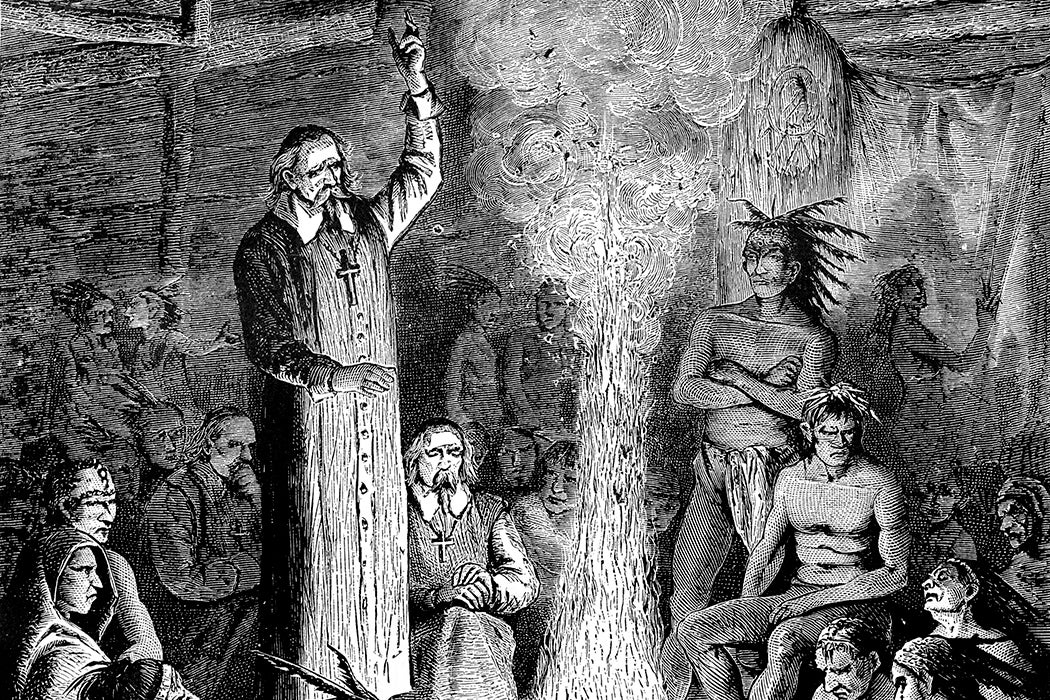Missionaries operating in cultures very different than their own often find themselves trying to communicate across a wide gulf. For Jesuits who arrived in parts of North America claimed by France in the seventeenth century, writes historian Andrew Kettler, one thing that helped bridge the gap was the fact that they and the Indigenous societies they hoped to convert to Catholicism shared a deep respect for the power of scent.
Kettler writes that, from the beginning, smells played a significant role Catholicism. Incense was a crucial part of the immersive experience of worship. Pleasing or terrible smells could also signify holiness or evil. For example, when the fifteenth-century saint Lydwine of Schiedam became gravely ill, she was said to have vomited out parts of her internal organs, which emitted holy scents.
The Reformation called for controlling the “lower” senses of smell and taste, replacing sensual aspects of Catholic worship with the reading of scripture. But the Jesuits continued to valorize the sense of smell, using multi-sensory stimuli including scents during their periods of seclusion and arguing that a sufficiently purified person could recognize good and evil on Earth by their respectively sweet and sulfurous scents.
Kettler writes that the Jesuits who arrived in “New France” in 1625 followed the networks created by French fur traders toward the interior. They set up their central mission, Saint-Marie, on Huron land. As they introduced themselves to Native nations across the region, they marveled at the Indigenous people’s sensory capacities, particularly their ability to locate fires from a great distance away. The Italian Jesuit missionary Francesco Giuseppe Bressani described people he encountered as having “a rare sense of smell.”
In many North American societies at the time, the sense of smell was crucial in everything from hunting to diagnosing medical conditions to conducting rituals. The scent of burning tobacco could be a crucial offering to spirits and deities, and foul smells might be used to drive away evil forces. Jesuits found a parallel to their own use of sensory experiences in meditative purification in certain Native nations’ use of specific smells to prepare themselves for visiting with divine powers.
However, in the beginning, Jesuit missionaries identified the villages of “pagan” North Americans as dirty and foul-smelling—a designation that Kettler writes was largely a signifier of their “liminal earthly state nearer to hell than to heaven.” As Native people converted to Christianity, Jesuit accounts began to portray scents in positive terms.
Weekly Newsletter
“This was a reflection of the education of the Jesuit sensorium,” Kettler writes, “rather than of any significant changes in Native Americans’ biological smells, as physical cleanliness within the colonial era was of more concern to indigenous peoples than to early modern Europeans.”
In their efforts to convert Native Americans, the Jesuits transformed their own spiritual practices. They amped up the sensory elements of their religious education, burning sulfur to demonstrate the horrors of hell and using incense—now often sourced from American plants like pine and cedar—to evoke holy feelings.







